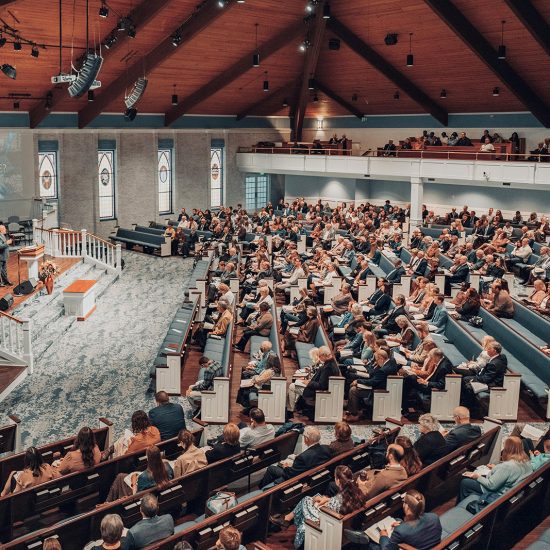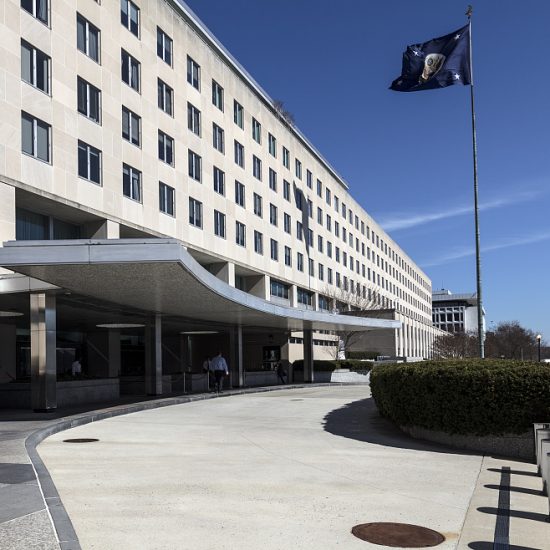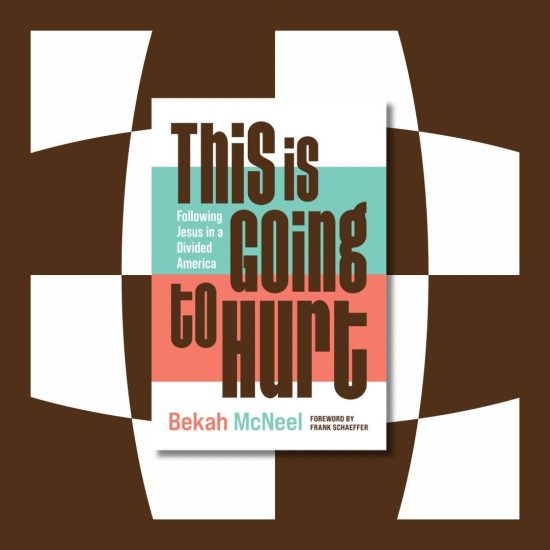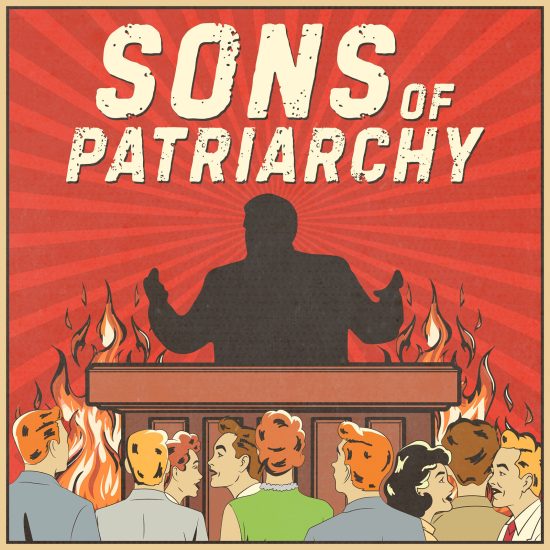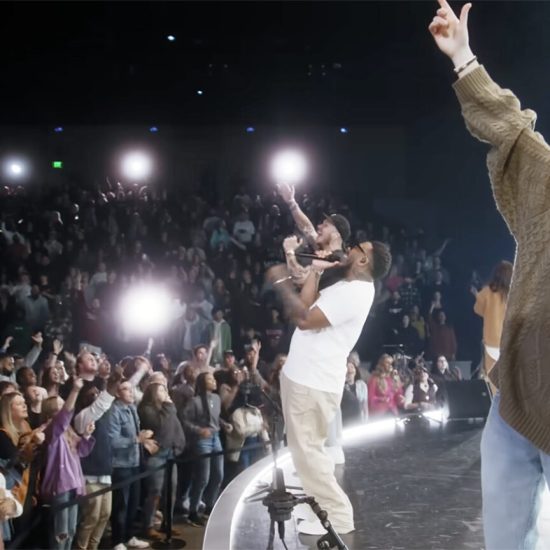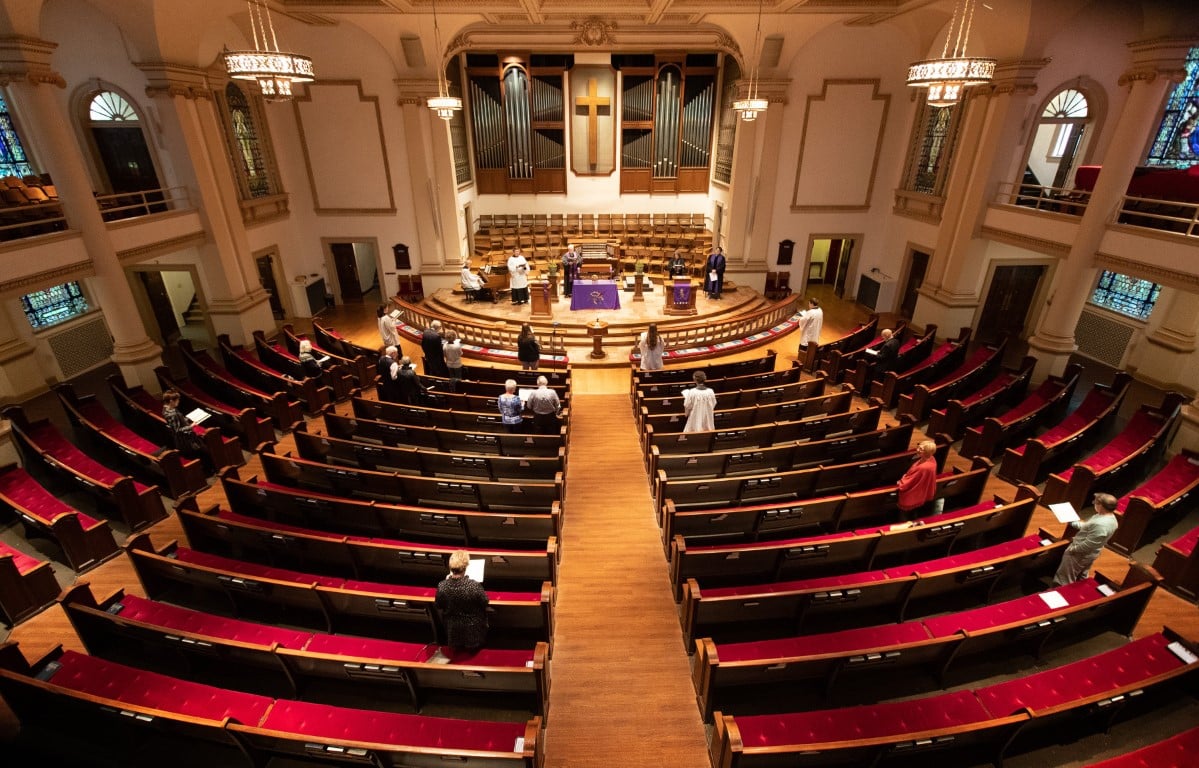
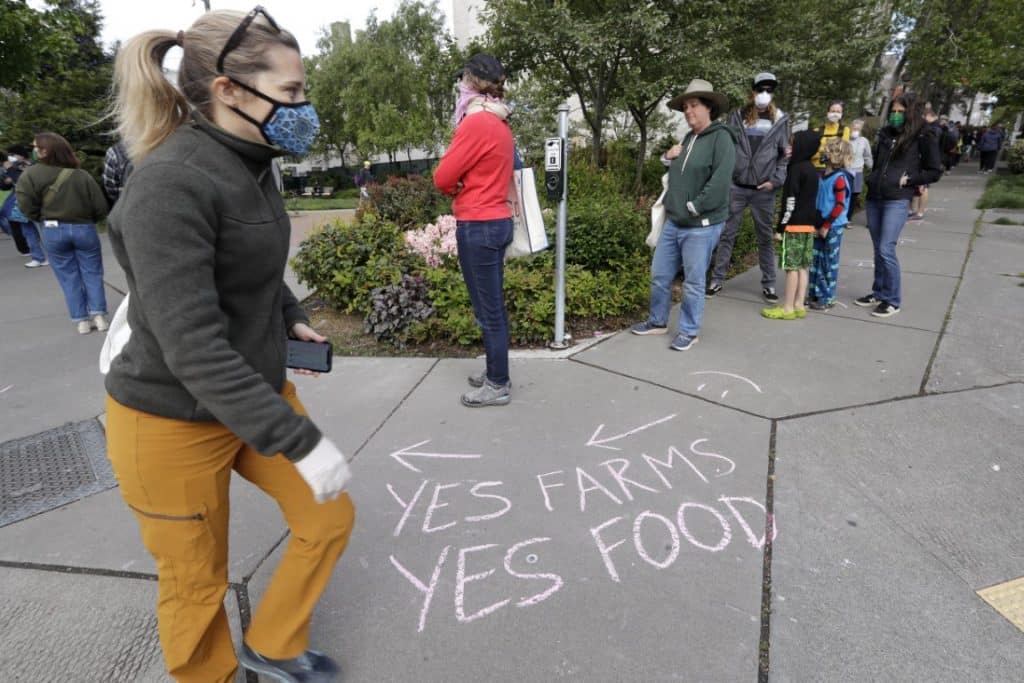
A line of customers snaking around the block waits to enter the West Seattle Farmers Market during its first opening in nearly two months because of the coronavirus outbreak, Sunday, May 3, 2020, in Seattle. Farmers markets in Seattle were initially closed but are reopening with guidelines that include fewer vendors allowed, a limited number of customers with a single direction of movement, additional hand washing and sanitizing stations, and signs and markings urging customers to maintain distance from each other. (AP Photo/Elaine Thompson)
(RNS) — Some states are beginning to lift COVID-19 restrictions, like releasing residents from stay-at-home orders, reopening retail and hospitality businesses with limited capacities, and even allowing elective surgeries.
Research has shown that many people are struggling with feelings of isolation and loneliness. People are longing to get back to life as “normal” after weeks of physically distancing and staying at home.
At the Humanitarian Disaster Institute, we’ve spent 15 years studying and ministering in mass disasters around the globe, including public health crises like the Ebola outbreak. Our research shows that in most situations, churches can help their congregations and communities best by getting back to what they were doing before the calamity, especially in-person worship gatherings.
But just because the economy is reopening doesn’t mean your church should automatically return to pre-COVID-19 gathering norms yet. Even in the lowest impacted regions, the administration has recommended a staged approach. Churches that rush to prematurely reopen their doors will do more harm than help. As churches around the country are feeling pressure to rush decisions about how to best reopen we want to remind us that the church never actually closed — just the doors to our buildings closed.
Some have argued that being in proximity to others at church is no different from being in proximity to people at the grocery store or bank. But it is different. While business is primarily transactional, the life of a church congregation is inherently social. We gather to worship God, but we also gather to connect with one another. Unless we run into a close friend, we don’t normally shake hands or hug someone in the grocery store or movie theater, but where a community of people is knit together spiritually and socially these interactions happen frequently.
In addition, formal rituals, such as sharing in communion or pausing during a service to shake hands or hug, obviously increase the risk of infection. But such rituals aren’t the only risk of worship services. Singing in a group, which is integral for many congregations, has been known to spread COVID-19. Passing an offering plate, greeting people at the church door, and handing out songbooks are all examples of how common church behavior can increase the risk of infection.
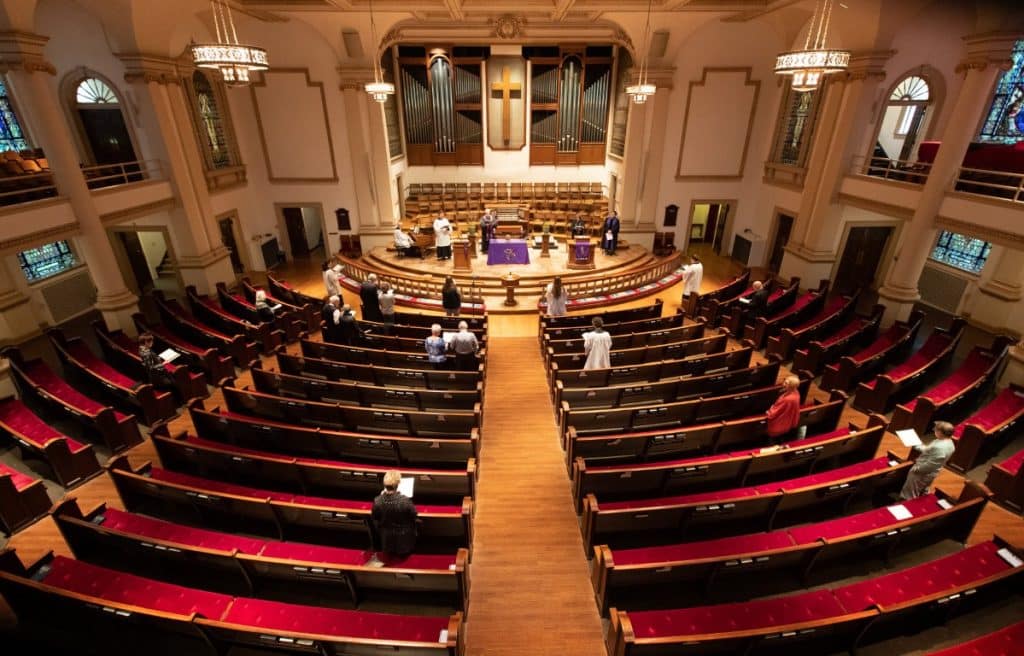
Members and leaders of Belmont United Methodist Church in Nashville, Tennessee, worship in a mostly empty sanctuary March 15, 2020, after church leadership encouraged people to worship from home via video livestream in response to the coronavirus. Photo by Mike DuBose, UM News
Even if churches decide to forego virus-sharing practices, the informal contacts are almost unavoidable, even if we consciously plan to avoid them. Worship services, as well as the social time before and after, have their own rhythms, with norms we are conditioned to participate in. It is asking a lot of those gathered, distracted in a variety of ways, not to fall back into pre-COVID-19 ways. We must assume that people will behave as they’ve always been conditioned and encouraged to behave in these spaces.
No matter how we plan, people in disaster situations are notably bad at assessing risk and predictably overconfident about the control they have over their environment. Nor can church leaders control the behavior of whoever might walk in the door. Even if we limit capacity and instruct people to sit six feet apart, people will still press through our doors in closer proximity to one another. Distance between people inside restrooms (not to mention the cleanliness of handles, knobs and countertops in between uses) isn’t enforceable.
Toddlers, some people with intellectual disabilities, and some people with dementia can’t be expected to understand and follow the rules we choose to institute.
Announcing the church is open may also unwittingly put social pressure on those who are most vulnerable, like older adults and congregants with compromised immune systems, to come to church. With our inability to widely control for asymptomatic carriers, we may not know we have spread COVID-19 in our church until it is too late and some of our most vulnerable members have been exposed.
There are plenty of valid reasons to allow businesses to begin to function again (but also challenges and concerns to doing so). But allowing retail stores or restaurants to reopen does not indicate we are “back to normal.”
To help churches navigate COVID-19, we developed a comprehensive faith-based and research-based planning guide (which is available in five languages). We have also launched the first faith-based and research-based disaster spiritual and emotional care and intervention manual to help churches provide support while physically distancing and staying at home.
We’ve created an online resource hub with access to materials and videos from our COVID-19 Church Online Summit. On April 30, we helped lead the online Spiritual First Aid Summit with Food for the Hungry, NavPress and Outreach that had over 10,000 church leaders participate to learn how to care for their neighbors, churches, communities and world during COVID-19 and beyond.
During this crisis, we have continued to be most impressed by the worshipping communities who have thoughtfully purposed to love their neighbors well by pausing from their normal worship routines. We are hopeful that congregations will continue to love well until it is truly safe to gather again as we did before COVID-19.
Don’t get us wrong; we also grieve and miss being in person with our own church communities and deeply desire to gather again. But to be safe, we must consider how to do so in ways that don’t fuel the spread of COVID-19 and that don’t put our most vulnerable at greater risk.

